Red Sandle Wood
₹199
Red Sandalwood, a majestic tree revered for centuries, is renowned for its rich, aromatic heartwood. This precious wood has been prized for its medicinal properties, fragrance, and use in religious ceremonies. Cultivating your own Red Sandalwood tree is a rewarding experience that brings a touch of elegance to any space.
90 people are viewing this product right now
🔥 10 items sold in last 3 hours
Red Sandalwood, a majestic tree revered for centuries, is renowned for its rich, aromatic heartwood. This precious wood has been prized for its medicinal properties, fragrance, and use in religious ceremonies. Cultivating your own Red Sandalwood tree is a rewarding experience that brings a touch of elegance to any space.
Key Features & Benefits
- Aromatic Beauty: Enjoy the captivating fragrance of Red Sandalwood, which fills the air with a soothing and uplifting scent.
- Medicinal Marvel: Harness the therapeutic properties of this ancient tree, traditionally used to treat various ailments.
- Investment Potential: As Red Sandalwood is a valuable commodity, cultivating it can be a wise investment for the future.
- Feng Sui Benefits: Enhance the positive energy of your home or garden with the auspicious Red Sandalwood tree.
- Sustainable Living: Contribute to environmental conservation by planting this precious species.
Plant Care Guide
Ideal Plantation Locations
Red Sandalwood thrives in warm, dry climates with well-drained soil. It prefers regions with ample sunlight and minimal rainfall.
Planting & Gardening Instructions
- Location: Choose a sunny location with well-drained soil.
- Soil Preparation: Prepare the soil by mixing it with well-rotted organic matter to improve drainage and fertility.
- Planting: Plant the Red Sandalwood sapling in a hole twice the size of the root ball. Backfill with soil and water thoroughly.
- Spacing: Plant saplings at a distance of 10-15 feet apart to allow for optimal growth.
Watering
Water the sapling regularly, especially during the initial growth phase. However, avoid overwatering as it can lead to root rot. As the tree matures, it becomes more drought-tolerant.
Fertilizers
Apply a balanced, slow-release fertilizer once a year during the early growth stages. As the tree matures, it requires minimal fertilization.
Re-potting Instructions
Re-potting is generally not necessary for Red Sandalwood trees, as they prefer to grow in their original location. However, if re-potting is required, choose a pot with good drainage and use a well-draining potting mix.
Fruiting Season
Red Sandalwood trees typically start fruiting after 10-15 years. The fruiting season varies depending on the specific cultivar and climatic conditions.
Usage Ideas
- Ornamental Tree: Plant Red Sandalwood as a majestic ornamental tree in your garden or landscape.
- Indoor Bonsai: Create a stunning indoor bonsai using Red Sandalwood.
- Aromatic Wood: Use the fragrant heartwood for crafting various items like furniture, incense sticks, and essential oils.
Care Tips
- Pest and Disease Control: Monitor for pests like termites and borers. Treat infestations promptly with appropriate insecticides.
- Pruning: Prune the tree regularly to maintain its shape and promote healthy growth.
- Mulching: Apply a layer of organic mulch around the base of the tree to conserve moisture and suppress weed growth.
Only logged in customers who have purchased this product may leave a review.
₹1,999


₹149
Related products
Designed, Developed & Maintained by Growww.
Copyright © 2024 Ashok Chakra Nursery

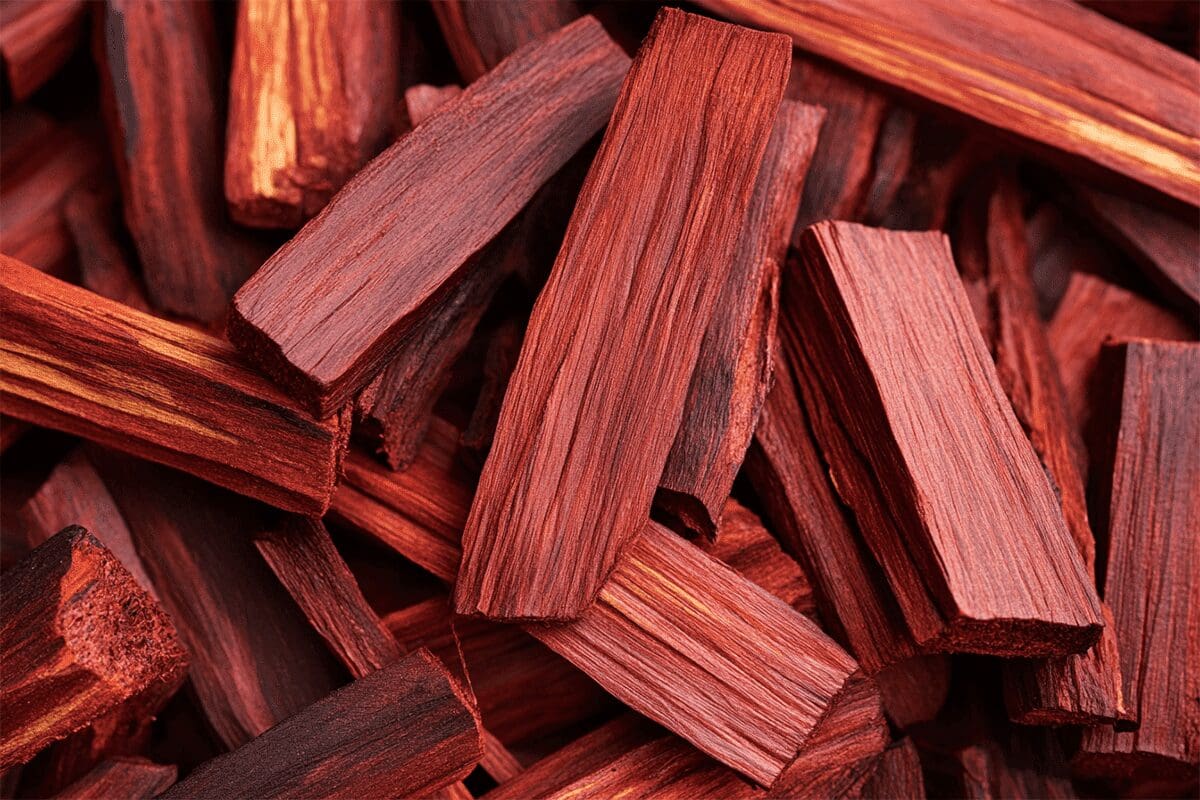



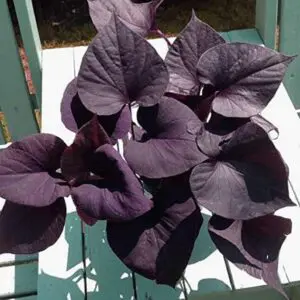
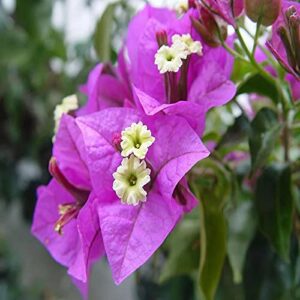
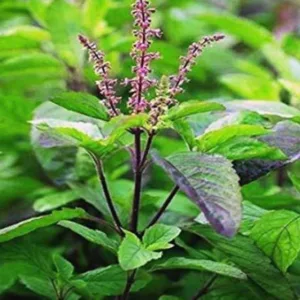

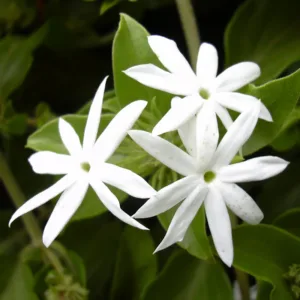
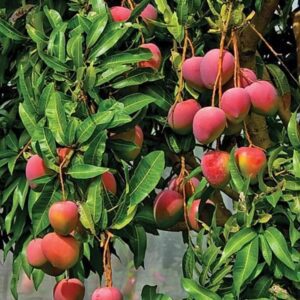

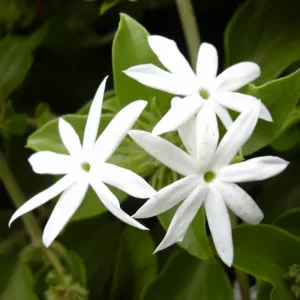

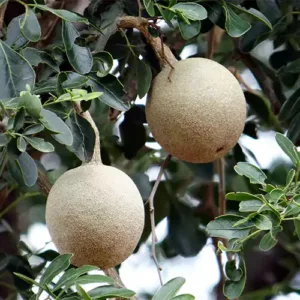
Reviews
There are no reviews yet.